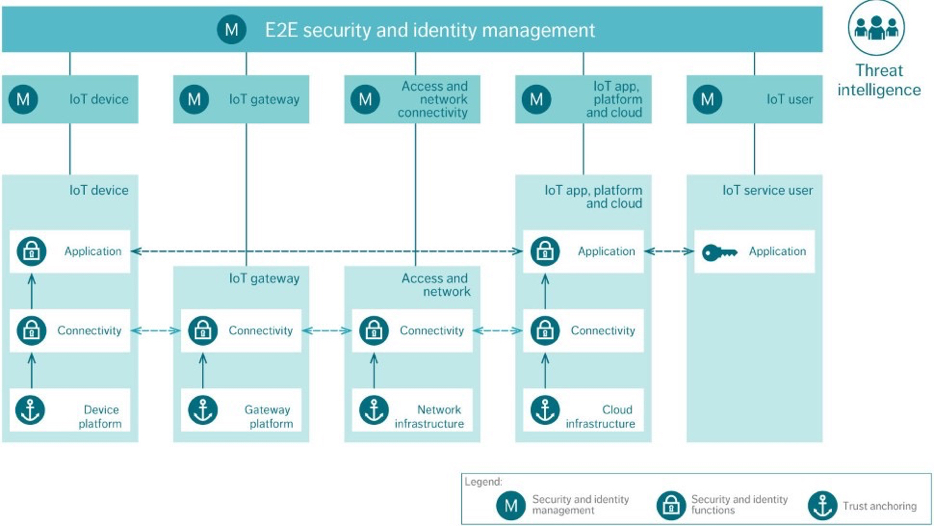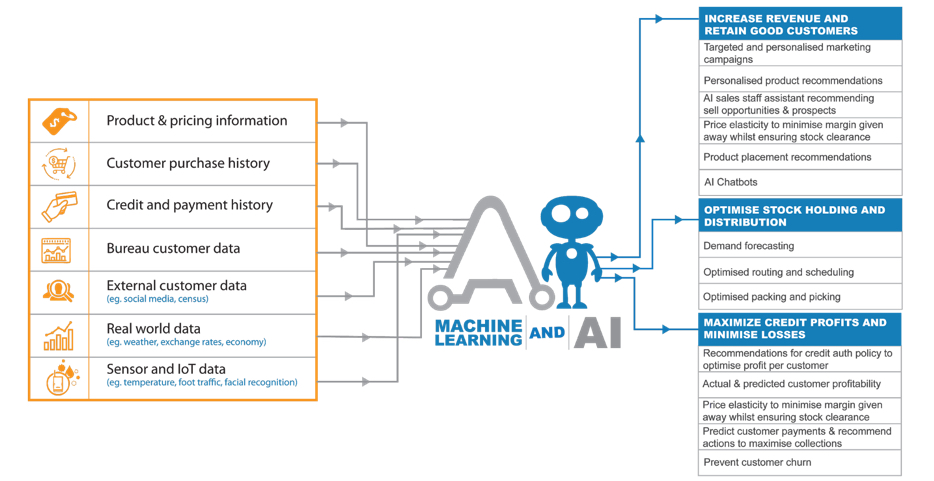Month: February 2019
Not to name names, but I’ve been reading in several publications that one of the main reasons to go to multicloud is to avoid vendor lock-in. While I can see the logic behind this assumption—that having more cloud providers means you can be more independent—the reality is much different.
For example, if you have an application in the cloud, and you’re using a multicloud architecture, you’ll have two or three choices where to place that application workload and associated data: Amazon Web Services, Microsoft Azure, and/or Google Cloud Platform.
You’ll pick one cloud for that application and do the standard migration processes to get it up and running. What most people don’t understand is that, as part of that migration, you’re likely to make the application workloads cloud-native. That means you’re going to alter the applications, slightly or heavily, to take advantage of the native cloud services, such as API management, governance, security, and storage.
By altering the application to be cloud-native, you’re locking yourself in to that cloud provider, for that application. If you don’t go the cloud-native approach, it’ll be easier to migrate that applocation to a different provider later—but at the price of a suboptimal deployment due to not being cloud-native.
You have to make a trade-off between using advanced application capabilities (cloud-native), and thus also accepting vendor lockin, or keeping the app geberic and less optimal to avoid that lockin. It does not matter if you’re using a single-cloud architecture or a multicloud architecture, the lockin trade-off is the same.
In this 60-second video, learn how the cloud-native approach is changing the way enterprises structure their technologies, from Craig McLuckie, founder and CEO of Heptio, and one of the inventors of open-source system Kubernetes.
IT INSIGHTS
What is the cloud-native approach?
 Of course, it is an advantage to have another public cloud connected and integrated into your architecture so that other public cloud options are available if and when needed. But you still have to make that same trade-off between being cloud-native and avoiding lockin.
Of course, it is an advantage to have another public cloud connected and integrated into your architecture so that other public cloud options are available if and when needed. But you still have to make that same trade-off between being cloud-native and avoiding lockin.
You might think you can avoid the trade-off by using containers or otherwise writing applications so they are portable. But there is a trade-off there as well. Containers are great, and they do provide cloud-to-cloud portability, but you’ll have to modify most applications to take full advantage of containers. That could be an even bigger cost than going cloud-native. Is it worth the avoided lockin? That’s a question you’ll need to answer for each case.
Moreover, writing applications so they are portable typically leads to the least-common-denominator approach to be able to work with all platforms. And that means that they will not work well everywhere, because they are not cloud-native. I suppose you could write portable applications that are cloud-native to multiple clouds, but then you’re really writing the application multiple times in advance and just using one instance at a time. That’s really complex and expensive.
Lockin is unavoidable. But lockin is a choice we all must make in several areas: language, tooling, architecture, and, yes, platform. The key is to choose each lockin poont wisely, to mimimize the need to change horses. But when a change must happen, there’ll be a price to be paid. If you make the right choices, you’ll pay that price not very often, and you”ll have gained more from those choices in the meantime than you would have gained from a least-common-denominator approach
It’s been a while we are talking about Connected Vehicle and their benefits in the Logistics sector.
- Vehicle Utilization and Routing
- Maintenance
- Real time Tracking etc
But with increased technology advancement, people are looking at the next level features .
First in the list from the business standpoint, is safety both from Vehicle and Driver standpoint. Calculating Driver fatigue, which can happen in many ways.
- Smart devices/wearables.
- Monitoring Eye movement and actions with real time camera feed and machine learning.
- Dash cams to monitor traffic and alerting driver.
Automated scheduling not only based on lowest cost or distance also checking for best fit. Most fleet management software today consider idle trucks and minimum distance to allocate trucks for the job. But today with machine learning, the software can take care of Vehicles already on route to the specific location, Vehicle’s home location and their preference of load and destination. Even it can plan ahead to create a connected trip which can get the driver back to his home location so that they can enjoy time with their families during their Time off period.
Finally the most important piece in the puzzle to solve is multi modal shipments. For cost benefits people use multiple mediums such us Road, sea and trains to deliver their goods in a single shipment. Current software mostly handle point-to-point loads. But for logistics companies that poses a very big challenge. New softwares with the machine learning can even suggest just like the google map which route take for most efficient and low cost routes.
Example of Multi Modal Logistics

On the technology side, Next wave of software’s are focusing more on securing the software so that they are less prone to hacks. But with tight security portability of the software becomes very limited. So companies are trying find out the best solution where people can use the choice of their technology but get the best in class software they need to be successful.
Machine Learning is become a large factor in this whole eco system. We talked about usage of machine learning just a while back, but machine learning is now also used to predict demand and making sure enough # of vehicles are available in that region to handle the load. That’s good for business as well as it reduces are adhoc nature of drivers job making sure their lives are also more predictable.
General Scenario
 Finally getting towards a more integrated system, Right now logistics software run independently focusing mostly on one thing. But that is not enough, broken experiences between their booking, invoicing, logistics and CRM system is making it a very painful experience for them and most importantly for their customers. Creating a software which works and integrates well to the existing platforms of the operator is going to be key and will bring the required digital transformation in this space
Finally getting towards a more integrated system, Right now logistics software run independently focusing mostly on one thing. But that is not enough, broken experiences between their booking, invoicing, logistics and CRM system is making it a very painful experience for them and most importantly for their customers. Creating a software which works and integrates well to the existing platforms of the operator is going to be key and will bring the required digital transformation in this space